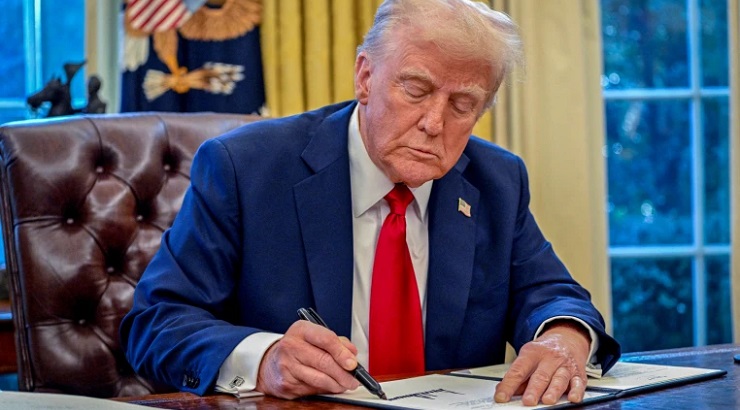Materials & Supplies
Trump Imposes 25% Tariffs on Foreign Steel and Aluminium
President says modified US duties will be enforced ‘without exceptions’.

US President Donald Trump reignited his trade war agenda on Monday, announcing a 25% tariff on imported steel and aluminium. In his latest effort to boost the US economy, the former president removed previous exemptions and increased duty rates.
“This is about ensuring that America never has to rely on foreign nations for critical industries like steel and aluminium,” said Peter Navarro, Trump’s top trade adviser.
The announcement marks a return to protectionist policies implemented by President Trump during his first term in office, which also imposed similar tariffs on foreign metals.
The new measures end exemptions granted under the Biden administration for a number of countries, including Australia, Canada and Mexico. These nations had been allowed to export certain quantities of steel and aluminium without facing tariffs.
READ: Toyota’s Woven City Opens Doors to Tech Startups
Although the changes won’t take effect until March 4, several governments are already lobbying for reprieve.
“The steel and aluminium tariffs 2.0 will put an end to foreign dumping, boost domestic production, and secure our steel and aluminium industries as the backbone of America’s economic and national security,” Navarro said, defending the decision.
Trump has long argued that high tariffs on imports can restore America’s industrial base, a cornerstone of his economic platform. “Tariffs are very powerful, both economically and in getting everything else you want,” Trump said last week.
His administration believes these latest measures will help protect American jobs, particularly in manufacturing-heavy states.
But the move has heightened fears of retaliation abroad. Trump downplayed such concerns at a press conference: “I don’t mind.” Economists, meanwhile, warn that the tariffs could increase costs for US consumers and contribute to inflation.
Around 25% of the steel consumed in the US is imported. The largest suppliers are Canada, Brazil, and Mexico, accounting for more than half of that amount.
The third tier includes South Korea, Japan and Germany.
In addition to steel and aluminium, Trump has threatened that future tariffs could fall on automobiles, semiconductor chips, and pharmaceuticals.
The administration hopes these tariffs will pressure foreign nations into renegotiating trade agreements more favourable to the US.














